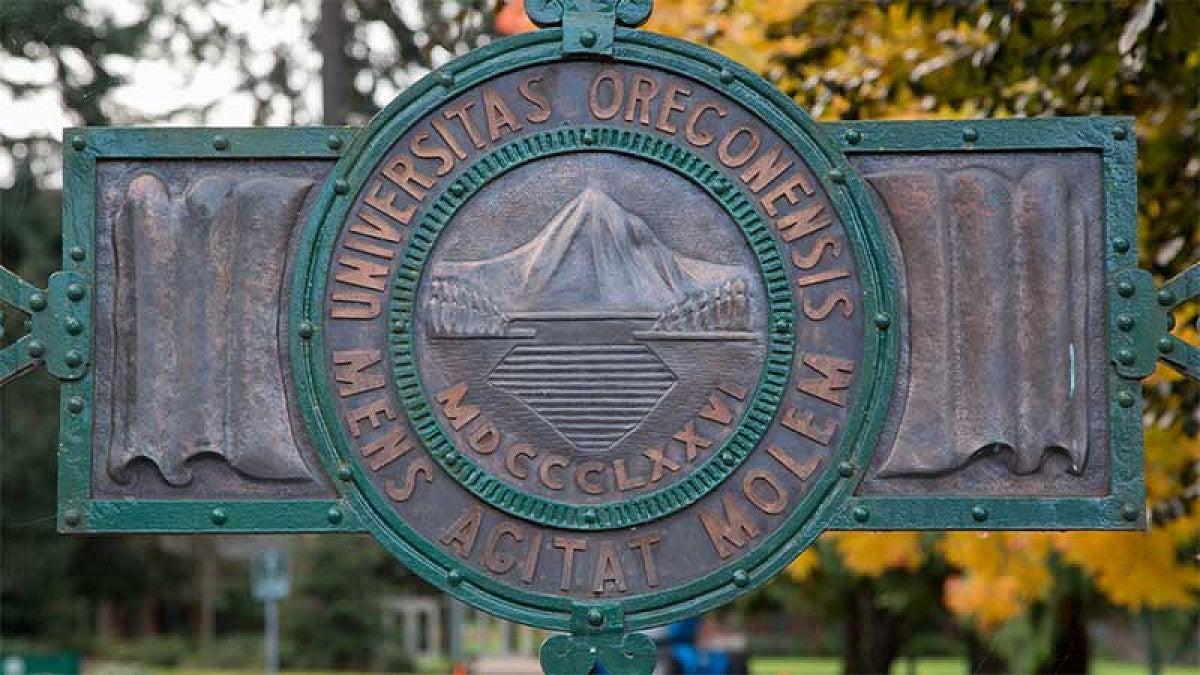The Board of Trustees of the University of Oregon welcomed Jayanth Banavar, provost and senior vice president, to the university during its regular fall meetings.
“Our hopes are very high and our enthusiasm knows no bounds at all,” Banavar said in remarks to the full board, “We need to pursue excellence in a relentless manner in everything we do.”
“Because we are a university, we need to put students first,” Banavar told the board, outlining his approach to his new role during the meeting of the committee on academic and student affairs. “We need to enhance their educational expertise in a meaningful manner.”
The number of students having such an experience could increase in the coming decade. With ongoing challenges related to increasing cost drivers and the need to increase revenue streams to address financial gaps, trustees engaged in an in-depth discussion about the future population size of the university.
In considering ways to create a more sustainable financial model for the university, campus leaders shared areas of consideration and analyses of the number of students enrolled at the UO. Issues of housing, demand, capacity and academic quality were discussed in the context of maintaining and growing academic excellence while providing opportunity for more students.
President Michael H. Schill provided context, telling the board, “We have been thinking for a while about how we can get to a sustainable financial model for the university. Ultimately the answer has to be some sort of growth,” he said, adding that it is unlikely that additional funding from the state or other kinds of investment will provide long-term stability.
He and board Chair Chuck Lillis both addressed the importance of considering growth in the context of the university’s overarching strategic needs and goals, including a robust academic experience for students.
Jamie Moffitt, vice president for finance and administration and chief financial officer; Roger Thompson, vice president for student services and enrollment management; and Brad Shelton, executive vice provost for academic operations, shared options that included:
- New and expanded graduate programs
- Additional cost cutting and efficiencies
- Expansion of online education
- Campus growth
The group shared the impact and investment necessary to slowly add some 3,000 students over an eight-year period, making particular note of lessons learned from the last period of growth, when 4,000 students were added in a four-year period in the early 2000s
Schill also used the meeting as an opportunity to announce a significant investment in data sciences, introducing Bill Cresko, associate vice president for research and professor of biology, as the lead on the presidential initiative. Trustees expressed enthusiasm for the new initiative, noting it provides particular opportunity for student recruitment and interdisciplinary collaboration.
In other action, the board named the newly opened residence hall Kalapuya Ilihi Hall. Ilihi (ILL‐I‐hi) means “homeland” in Chinuk wawa, a common language of the region in the 19th century. Thus, Kalapuya Ilihi means Kalapuya homeland. The name was recommended following a campus comment process led by residence life and discussions with native communities in Oregon.
The board also approved:
- Final expenditure authorization limits — capital and operating — for fiscal year 2018
- The issuance of up to $60 million in general obligation revenue bonds for use in select capital projects
- The termination of a retirement plan no longer in use, the Supplemental Retirement Plan.
Board materials are available online at http://trustees.uoregon.edu. The next regular meeting of the board is Dec. 7-8.
—By Tobin J. Klinger, University Communiations


